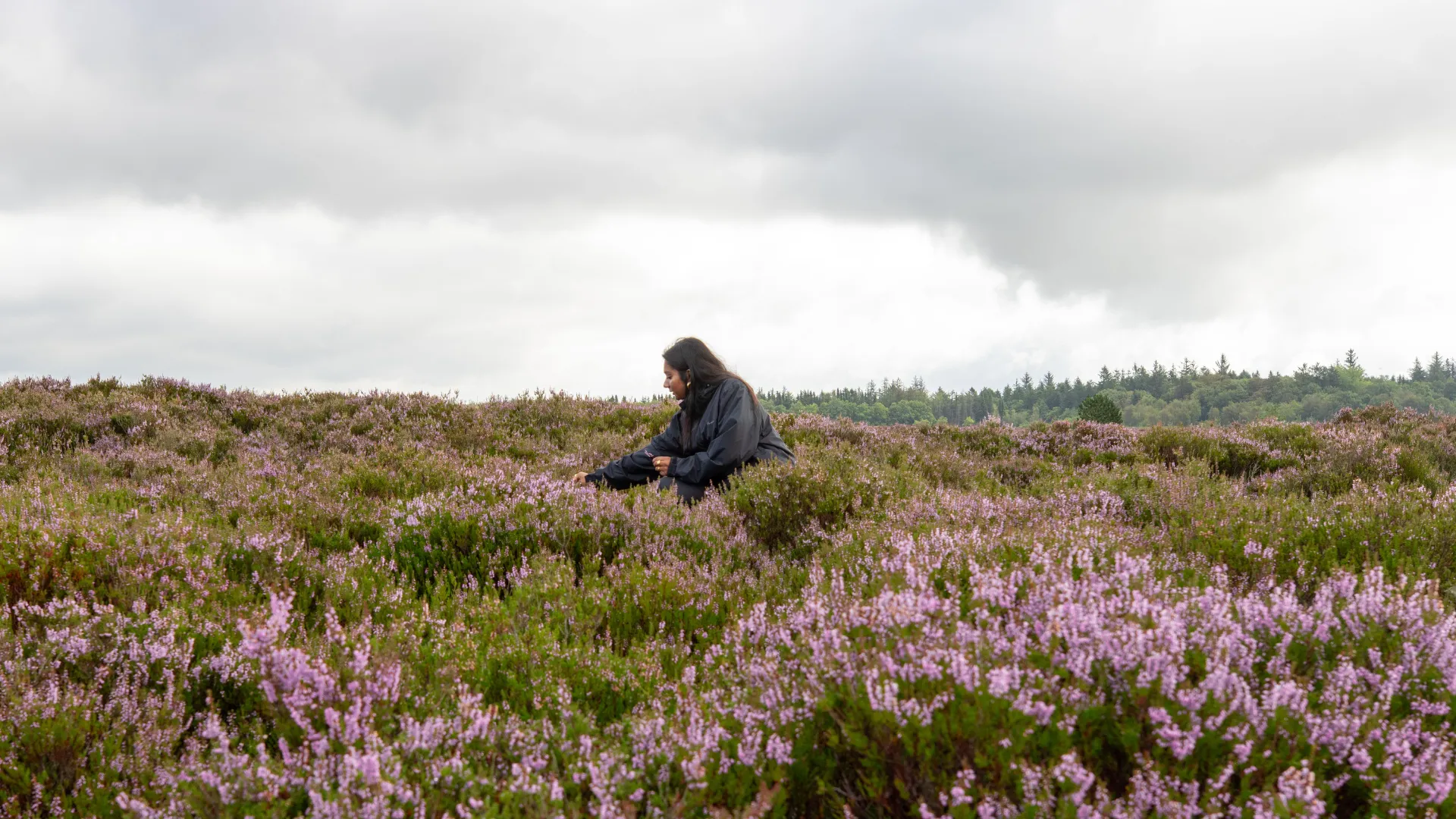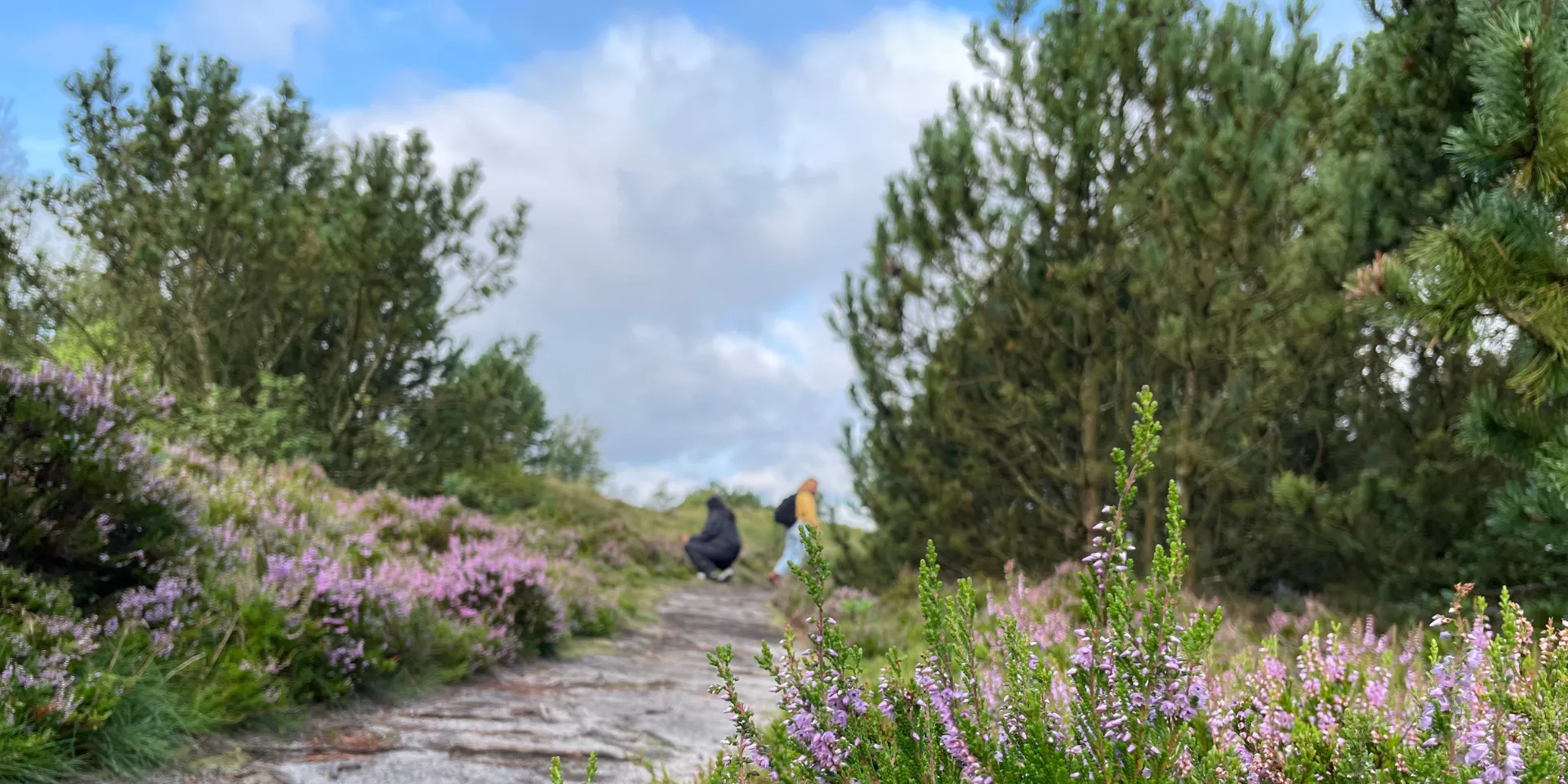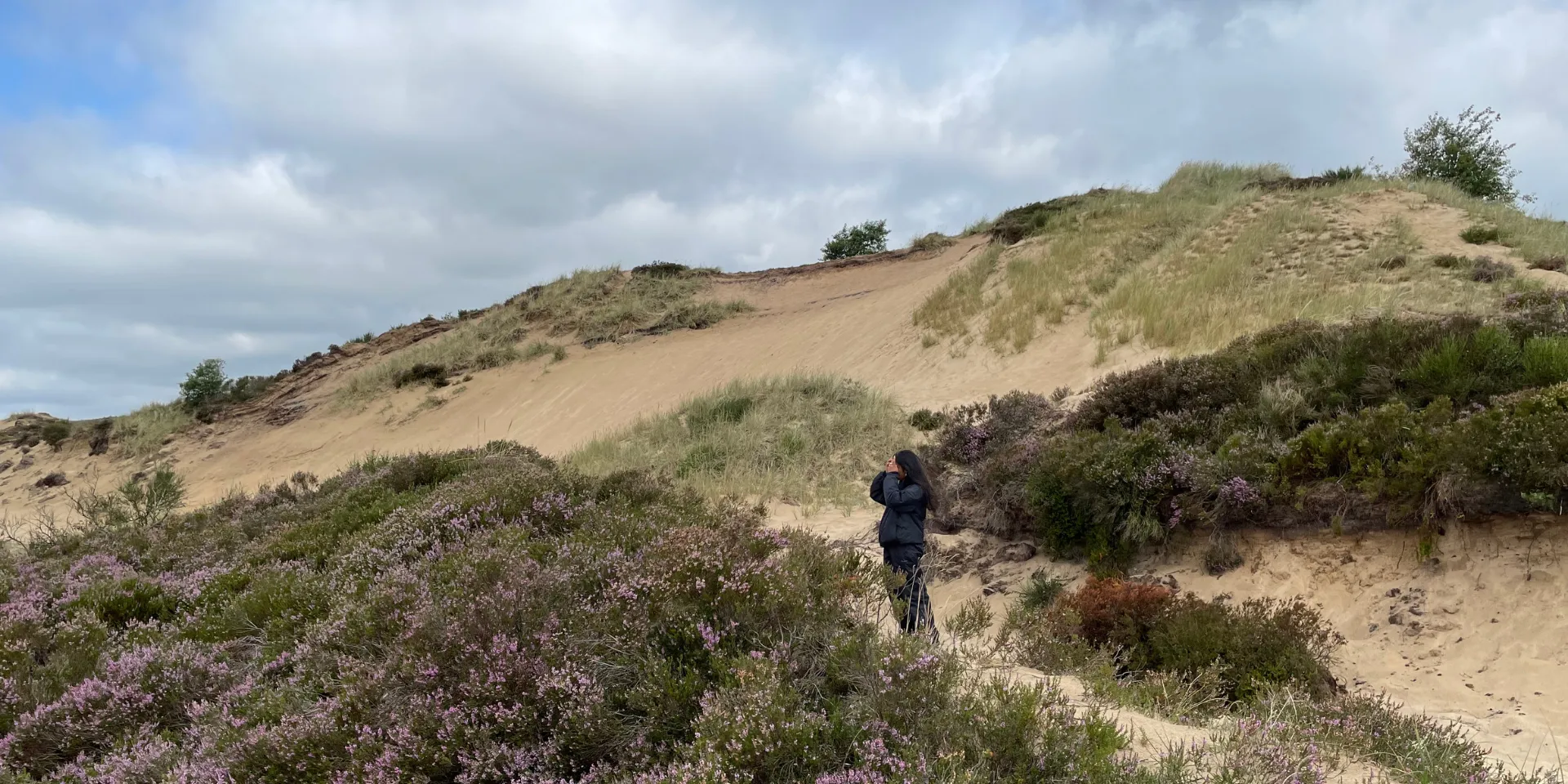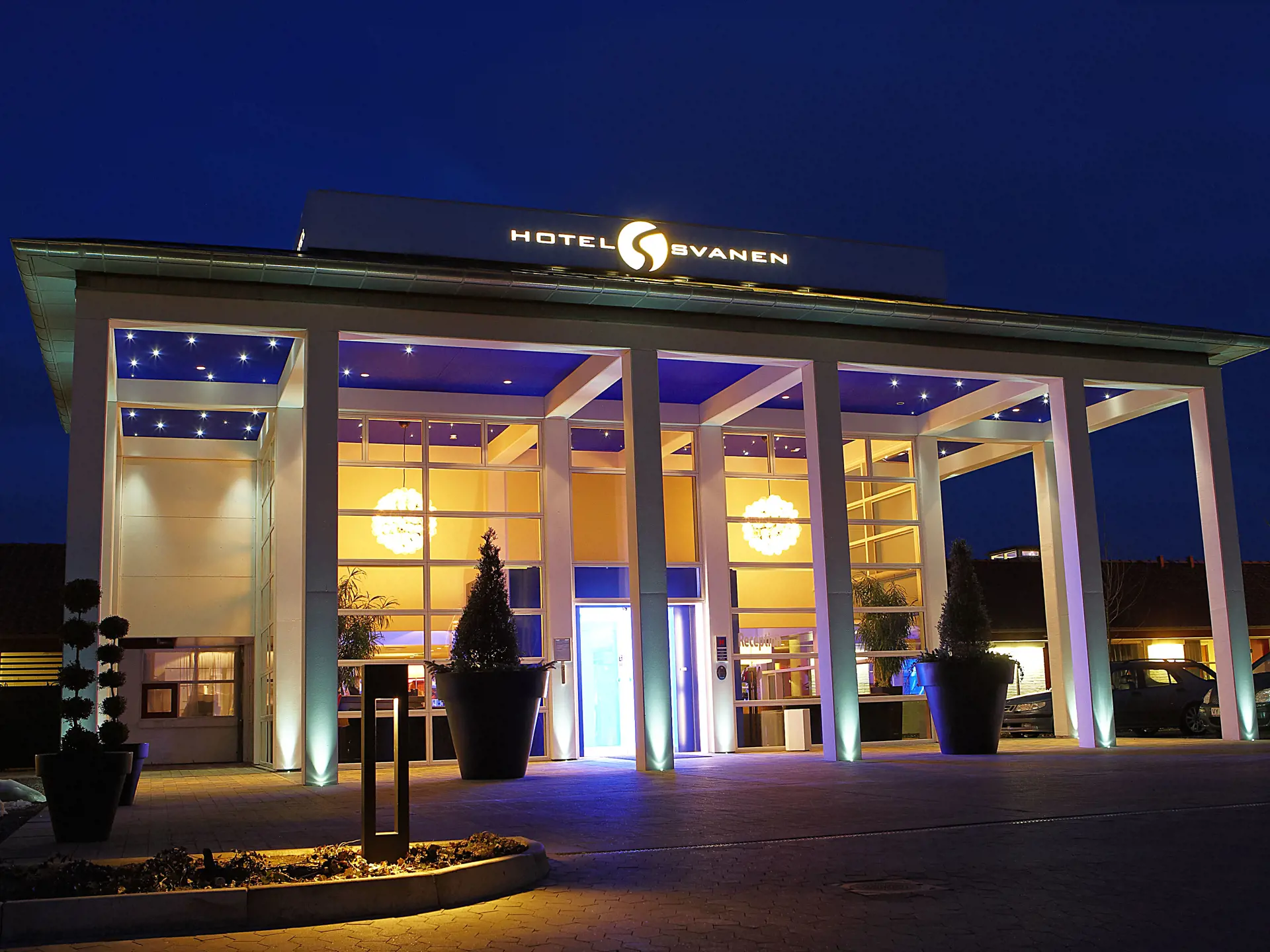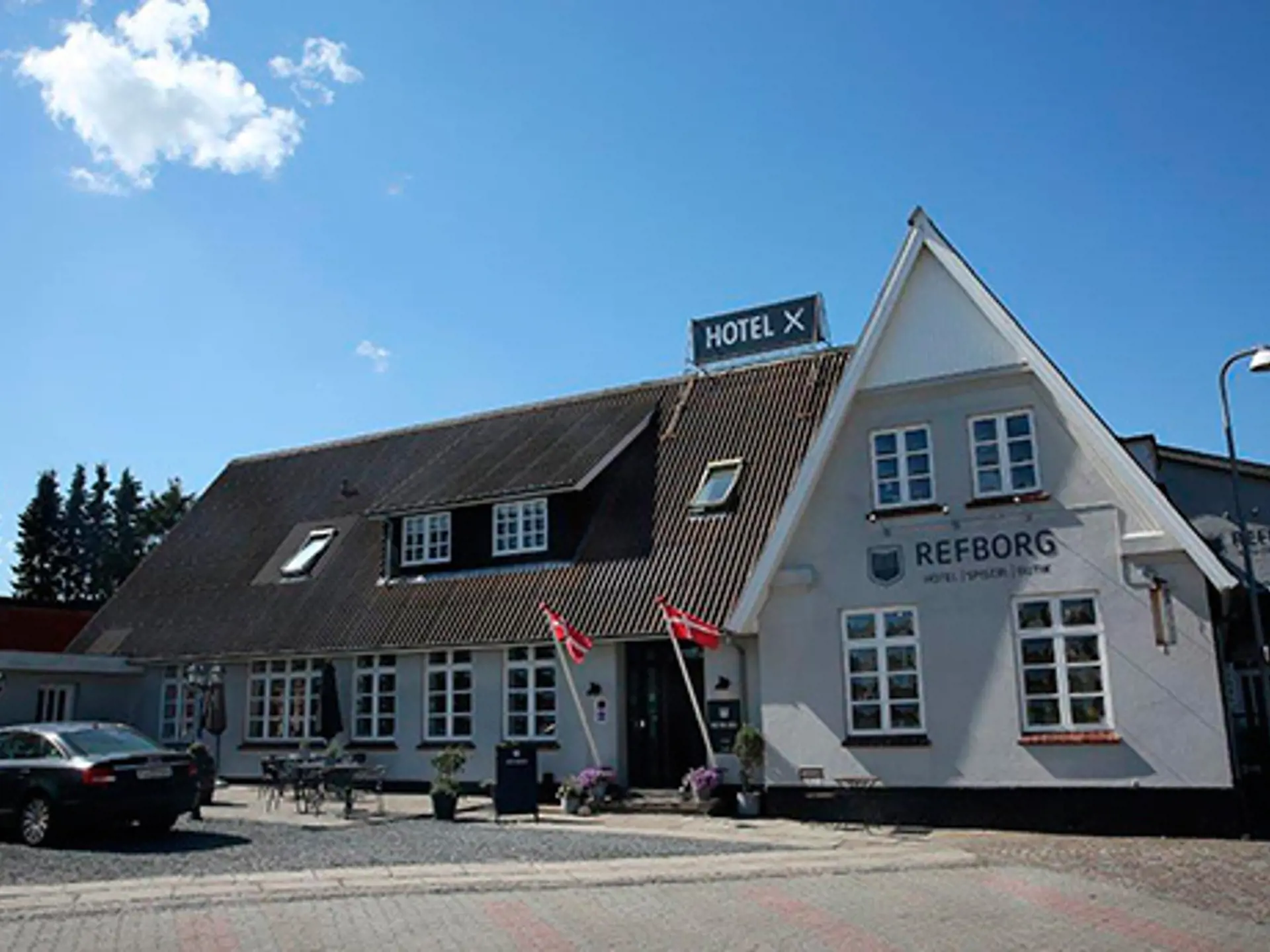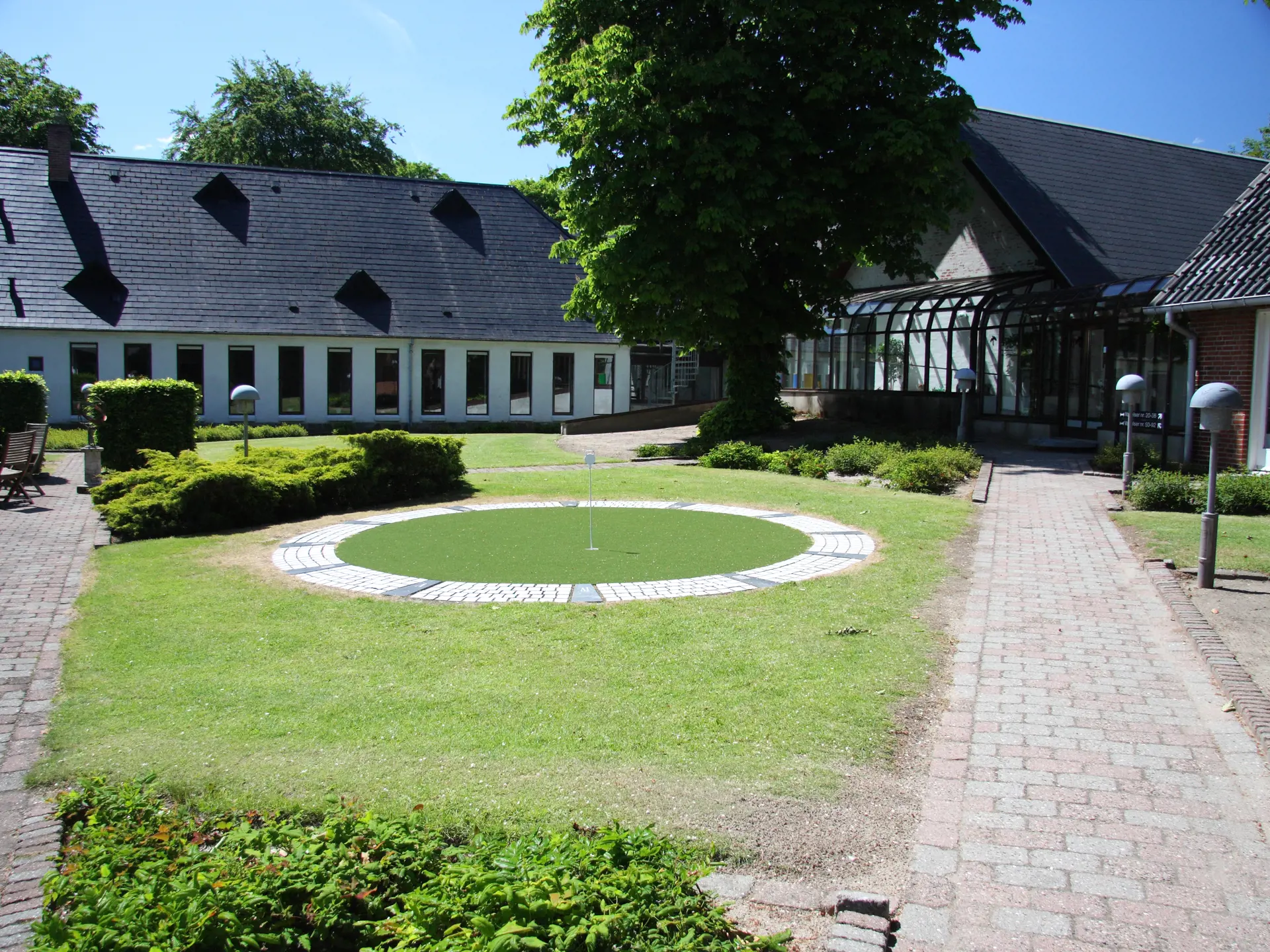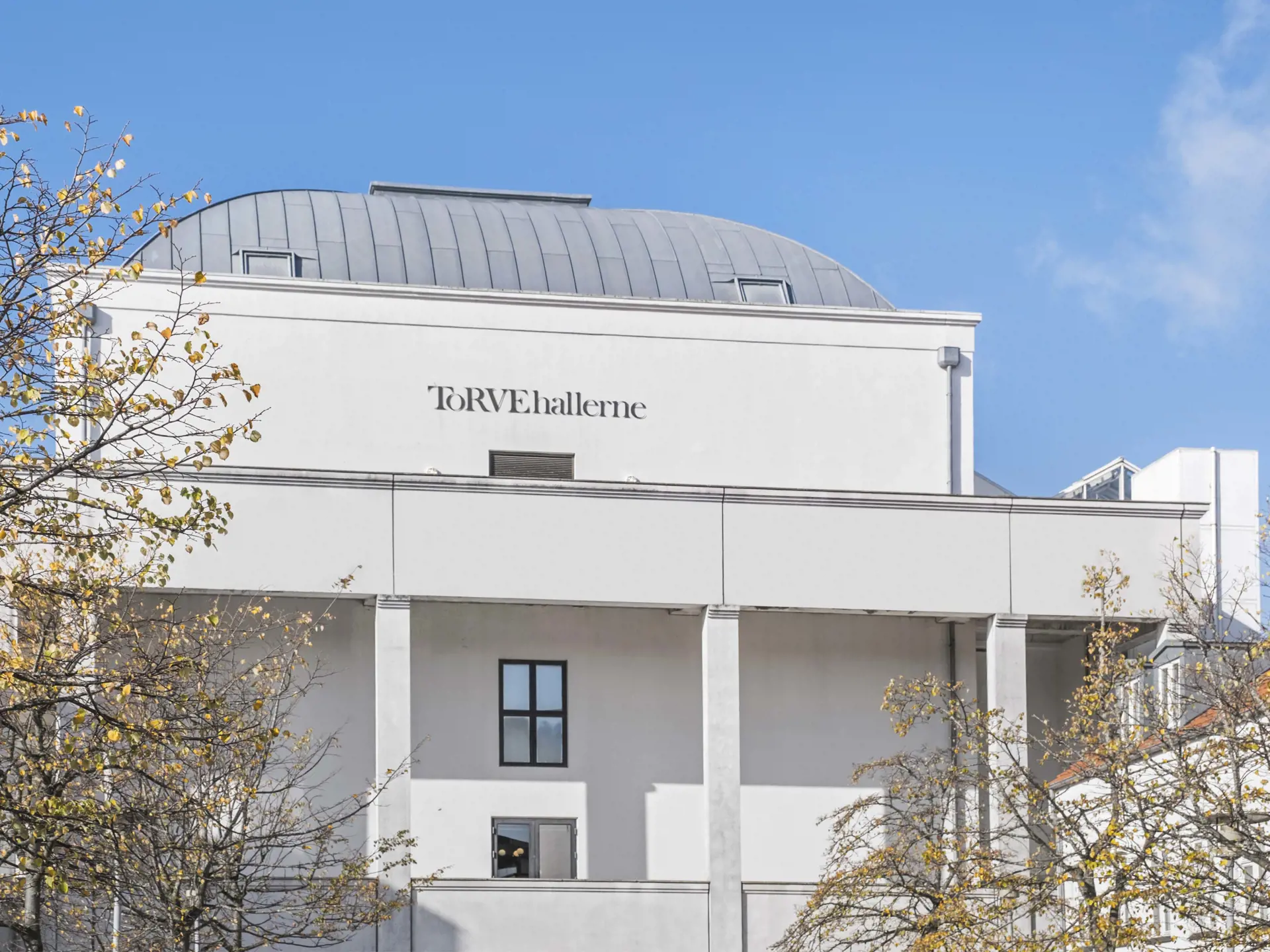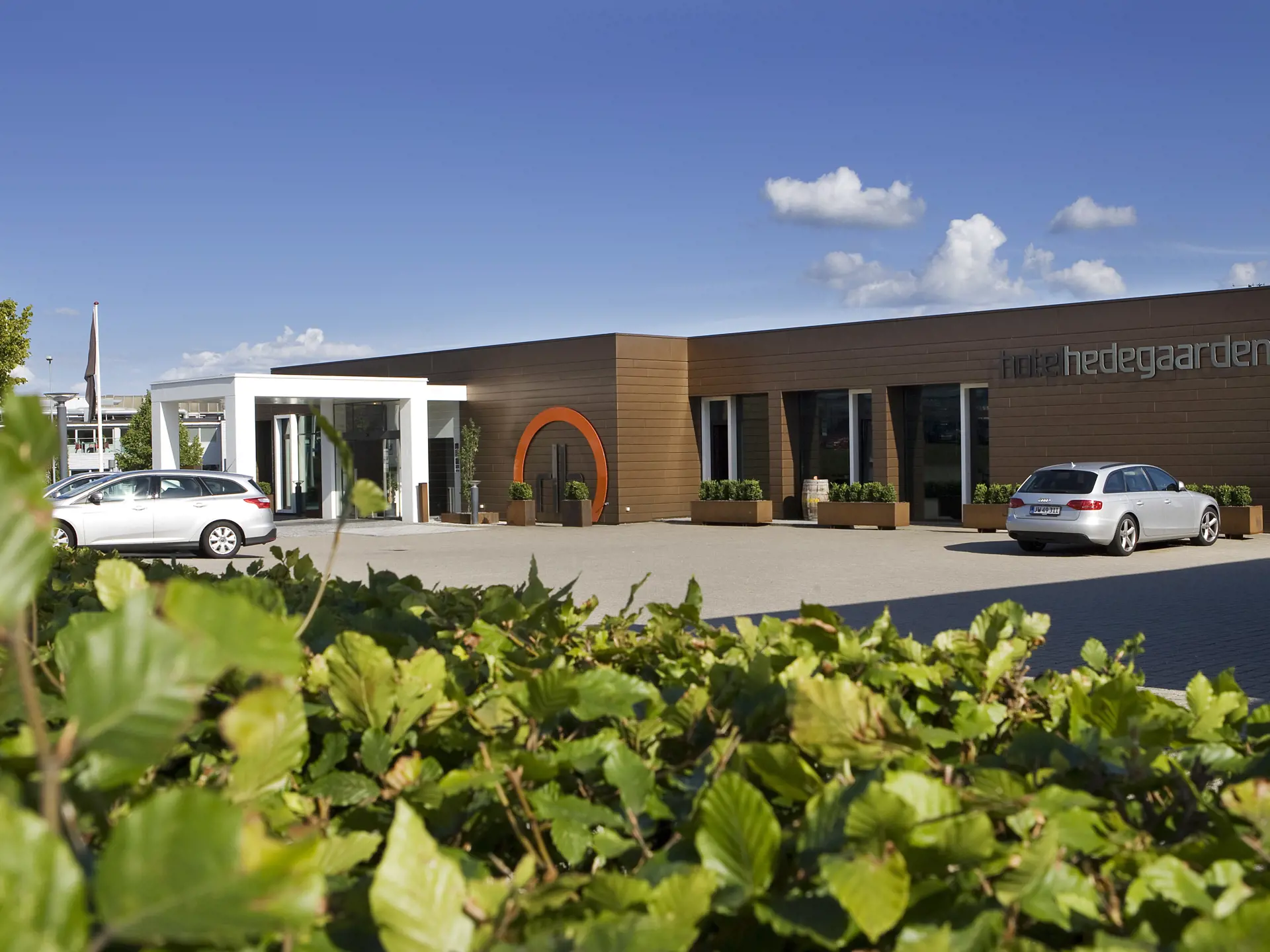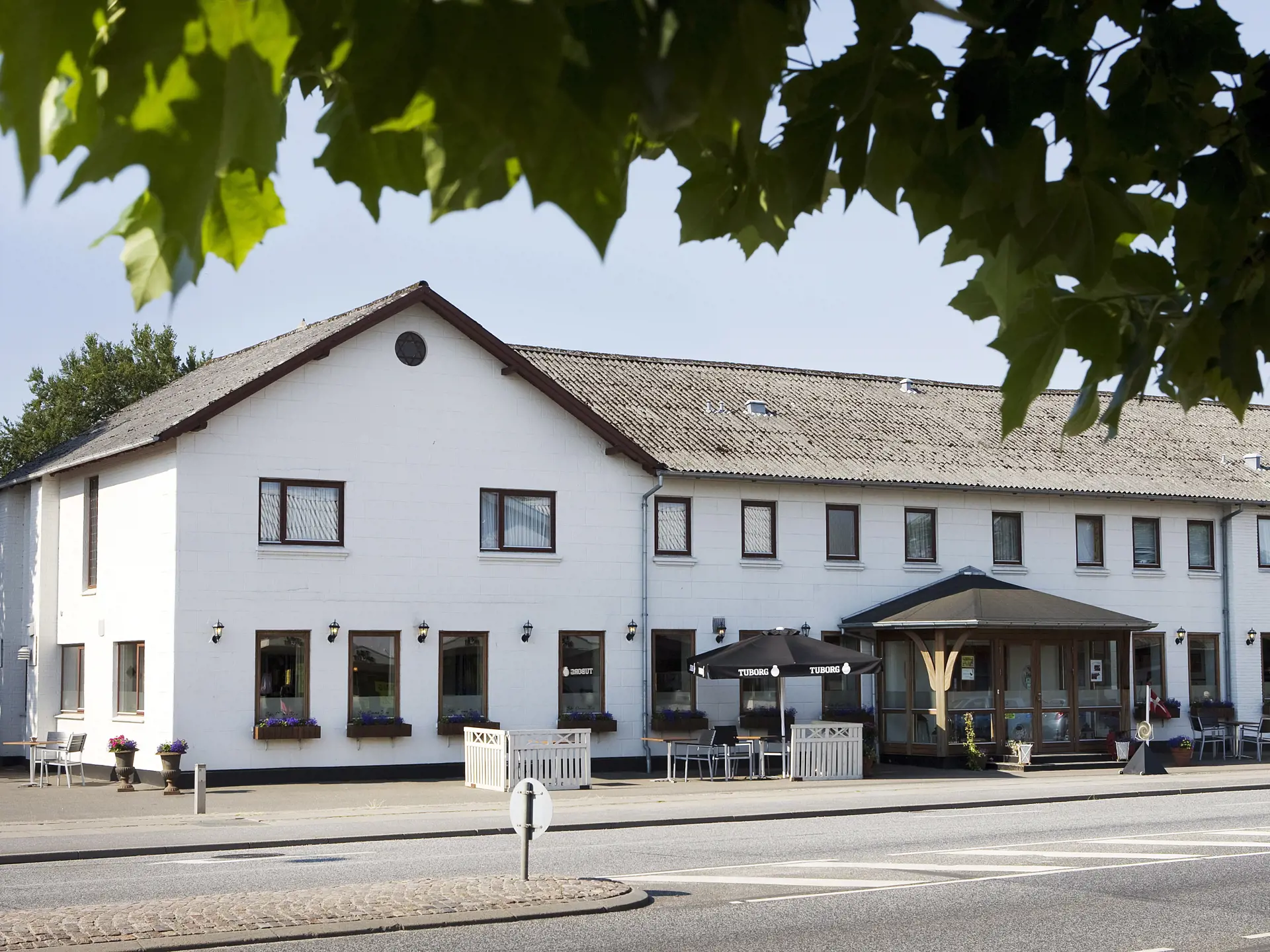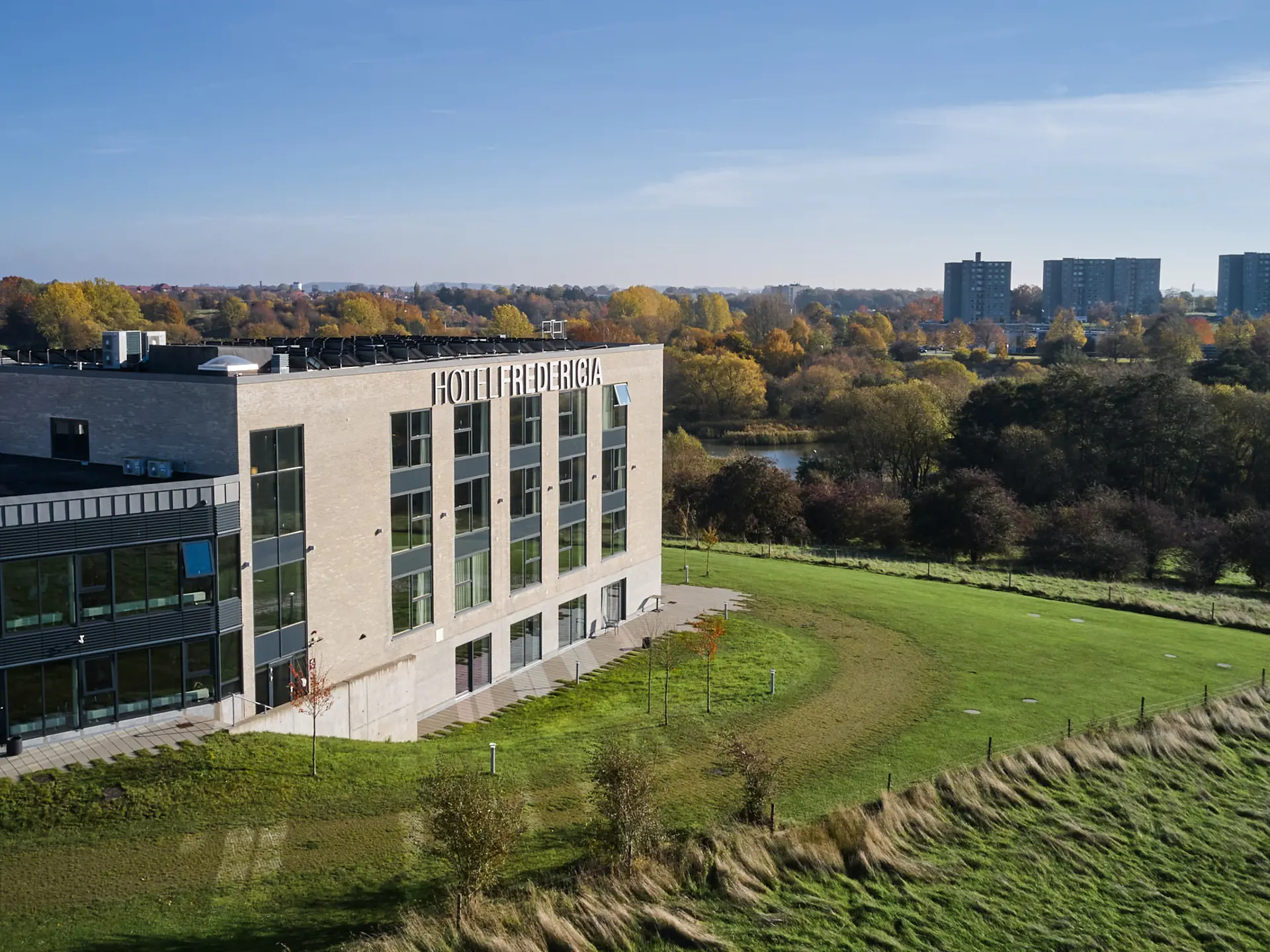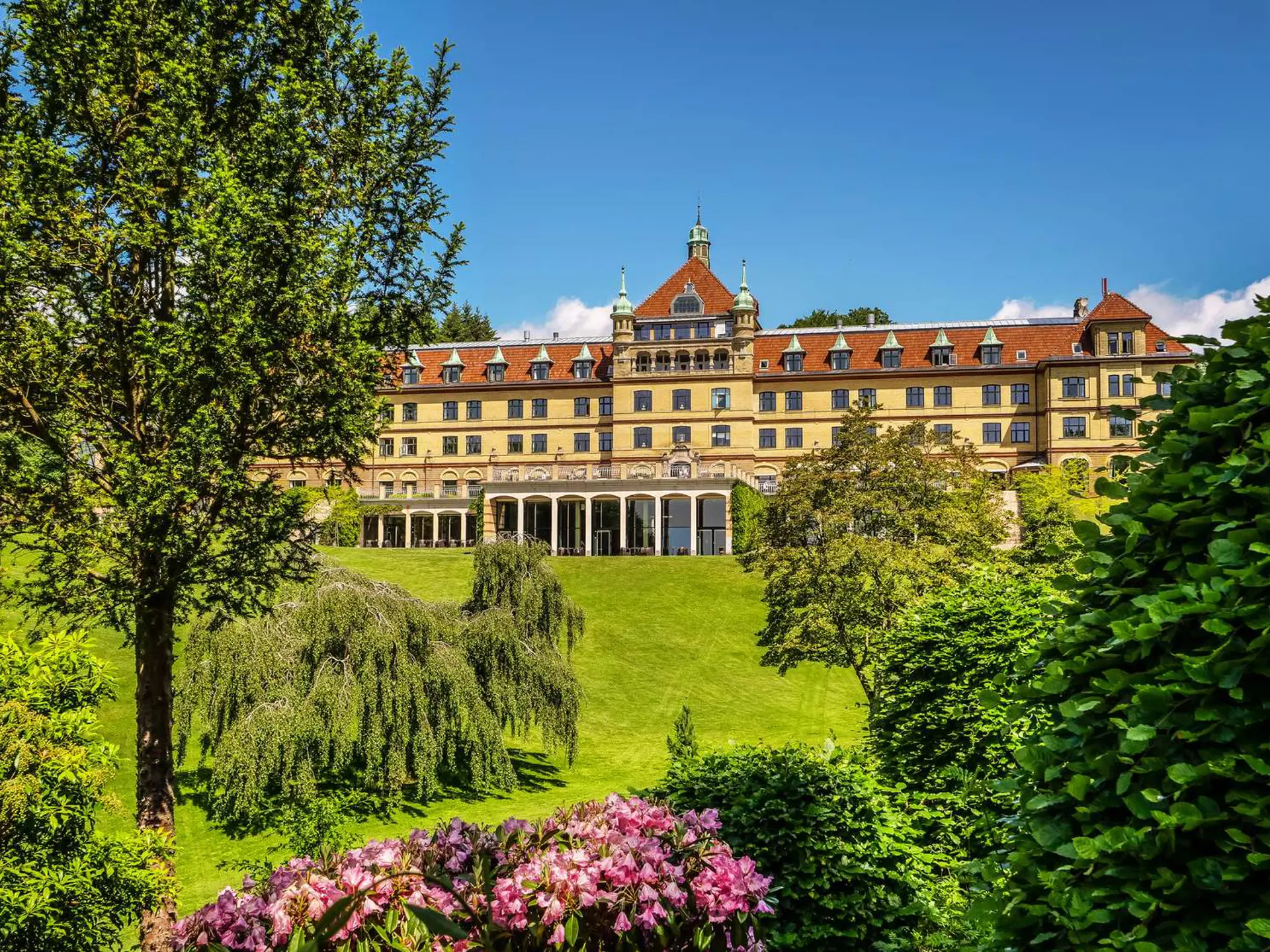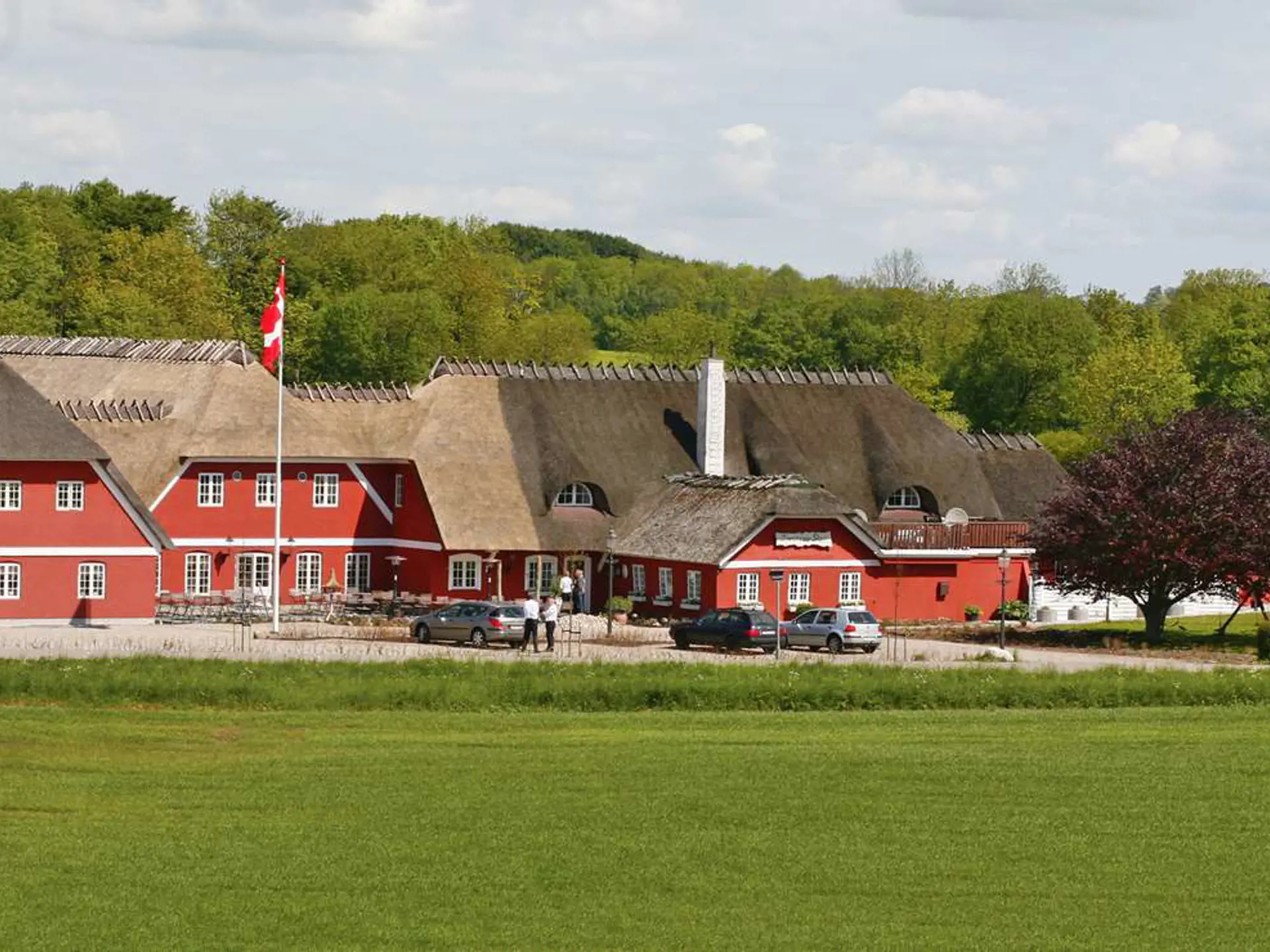Nature and History of the Heaths of Randbøl
Randbøl Hede, southwest of Randbøl, is one of the few remaining heath landscapes and, with its 750 hectares, one of Denmark’s largest inland heaths. The heath’s history dates back to the Ice Age, when meltwater from the glaciers created the flat, sandy terrain. In this bare landscape, strong winds have since moved the sand and formed dunes. These dunes are now known as the Staldbakkerne, with the largest called Stoltenbjerg, standing 17 meters tall.
Randbøl Hede was protected as early as 1932, making it Denmark’s largest landscape conservation area at the time. The protection covers 750 hectares, of which the state currently owns about 650. The aim was to preserve the open, heather-covered expanses and protect the heath from cultivation and afforestation.
It has since become clear that heathland is an unstable natural state. If human influence ceases, forest will take over. Therefore, Randbøl State Forest District has been granted permission to manage the heath to preserve it for future generations.
Randbøl Hede was once much larger than it is today. It was impassable, desolate, and feared by many—especially traveling merchants—because of the robbers who roamed the area. The trail from Vorbasse Studevej, used for centuries to drive cattle to market in Vorbasse or further south, still winds across the heath.
In the 1750s, farmers’ customary rights to grazing and peat cutting were formalized, and part of the heath became royal (state) property.
In 1760, the so-called “potato Germans” began cultivating the heath, especially growing potatoes. They later earned their nickname because they taught Danes to eat potatoes. The colonization and cultivation were extremely laborious and largely unsuccessful, and most Germans eventually returned home.
From Stoltenbjerg at Staldbakkerne, there is a fantastic view of the area. The Staldbakkerne consist of sand that has “migrated” eastward from the west coast.
What Can You Experience in the Area?
There are several noteworthy stops in the area. Here are some of the highlights of Randbøl Hede:
Stoltenbjerg: The largest dune on Randbøl Hede, 17 meters high. A black stripe can be seen across the dune. The sand below the stripe dates back to 5800 BC, while the sand above was deposited in the 1500s due to human-induced sandstorms.
Naturrum Kirstinelyst: A free visitor center that tells the story of the heath’s nature and history. Facilities include toilets, a covered picnic area, and bookable shelters. Read more about Kirstinelyst by following this link.
Machine Gun Nests and Aircraft Hides: Traces of the Germans’ use of the heath during WWII can still be found. Aircraft hides appear as horseshoe-shaped earth mounds, about 16 meters wide and 33 meters long. You can also see machine gun nests dug into the dunes.
Heather in Bloom: In late summer, you can experience the blooming heather. It typically blooms from August to September.
Frederikshåb Plantation: Near Randbøl Hede, you’ll find Frederikshåb Plantation, where you can sometimes witness the natural phenomenon of the Seven-Year Lakes. Read more about Frederikshåb Plantation by following this link.
Trails in the Area
The trails are marked with colored arrows on posts and stones.
- Yellow Hiking Trail: 3.5 km round trip. See the route by following this link.
- Red Hiking Trail: 2.7 km round trip. See the route by following this link.
- Blue Hiking Trail: 10 km round trip. Read a hiking story at Friluftsfreak.dk by following this link.
Download Hiking Brochure
You can download a hiking brochure for Randbøl Hede by following this link.
You can also find the brochure at VisitVejle’s tourist office at Banegårdspladsen 8, Vejle. It is often also available at Kirstinelyst.
